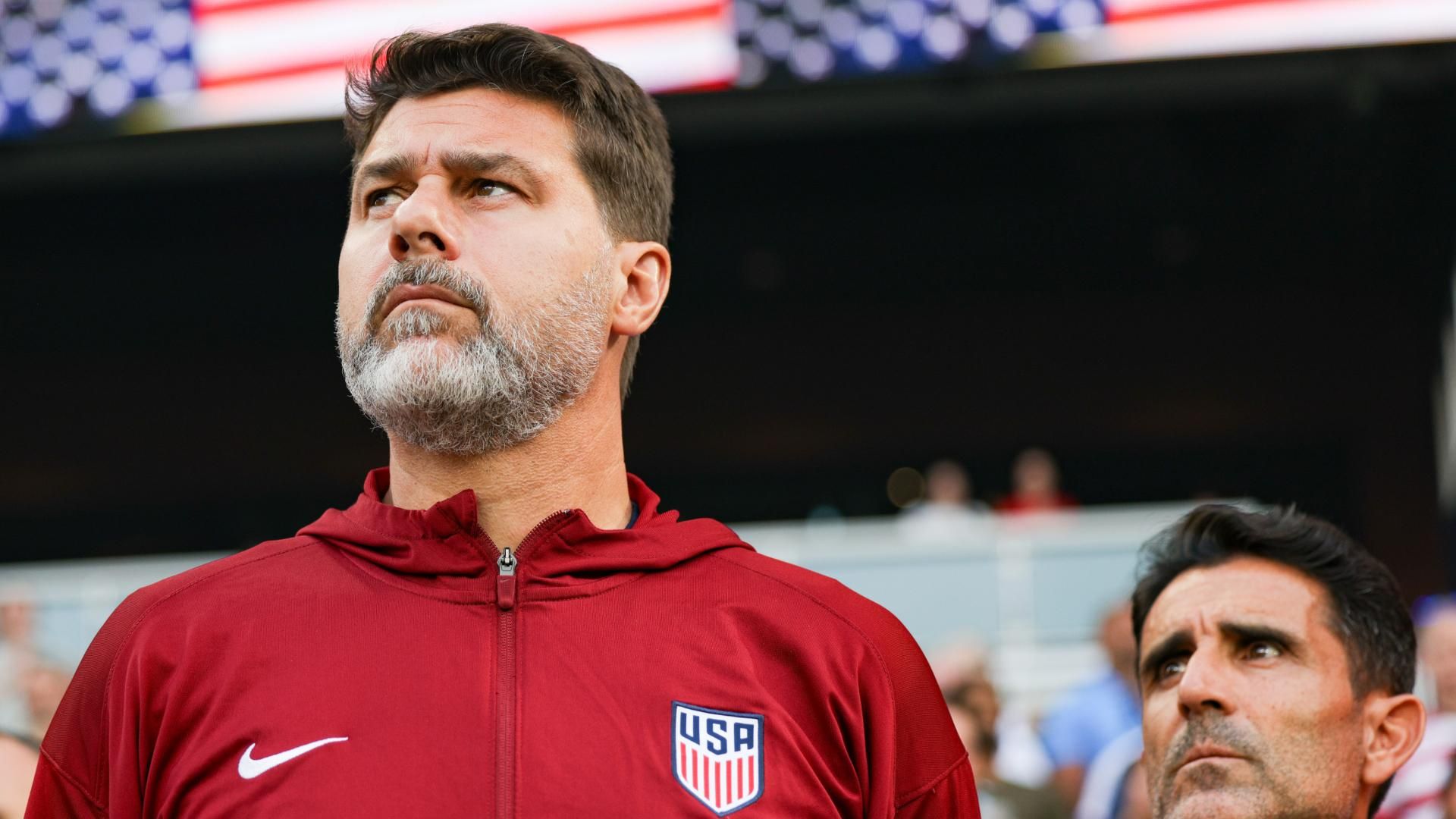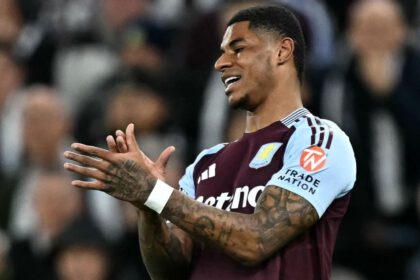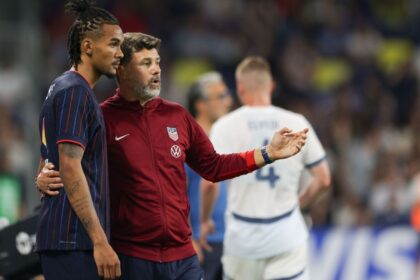The Search for the Starting Forward: Who Will Lead the US Attack?
During the last two FIFA World Cup cycles, the starting striker position for the United States men’s national team has been an unsolved puzzle. None of the candidates have managed to establish themselves consistently in the position. However, the history of the US national team shows a tradition of outstanding strikers. In the 1990s and 2000s, Eric Wynalda and Brian McBride led the American attack. Jozy Altidore and Clint Dempsey held the banner in the 2014 World Cup and beyond, although Dempsey played a significant part of his international career in midfield. Landon Donovan also played a similar role. Since then, the search for a starting center forward has taken on almost mythical qualities. The 2022 World Cup cycle did not reveal a striker capable of performing consistently. Jesús Ferreira, Jordan Pefok, Ricardo Pepi, Josh Sargent, and Gyasi Zardes were starters during the qualification. Although Pepi seemed to be a promising option, his performance declined towards the end of the cycle, mainly due to lack of playing time at the club level. Finally, Haji Wright was selected for the roster. An injury to Sargent at the World Cup, combined with the ineffectiveness of Ferreira and Wright, prevented the United States from achieving the desired performance in Qatar. This cycle has been even more uncertain. Pepi, Sargent, and Wright remain in contention, along with Folarin Balogun and Patrick Agyemang. Although Balogun has stood out slightly above the others, thanks to his performance in a recent friendly against Japan, he has not yet secured the position. With the October friendlies against Ecuador and Australia, the competition for the number 9 striker position for Mauricio Pochettino’s USMNT in the upcoming World Cup is at its peak. Below, we analyze the five candidates and their statistical comparables.Folarin Balogun
When Balogun committed to the USMNT in May 2023, after being eligible to represent England and Nigeria, he was considered the long-term answer for the striker position. Initially, there were positive results: he scored in the 2023 Concacaf Nations League final against Canada and was one of the few players who stood out in the 2024 Copa América. However, injuries, including a recurring shoulder injury that required surgery in December 2024, prevented him from solidifying his place. Balogun’s mobility allows him to get away from opposing defenses. The problem has been that the American attack has not always been effective in finding him in those positions. His movement also helps create space for players like Christian Pulisic, Timothy Weah, or Alejandro Zendejas. The match against Japan in September showcased his complete repertoire of skills, and he even demonstrated that he can play with his back to the goal and retain the ball if asked. Even in the defeat against South Korea, the American attack looked more dynamic when Balogun came on as a substitute in the 62nd minute. The only doubts are about his durability and the lack of consistent playing time at Monaco, where competition for a place is fierce. So far this season, he has only scored one goal and provided one assist in the league, in 332 minutes played. Statistical comparable: Nicolas Jackson. Balogun has proven to be a willing runner and ball carrier, with good finishing and goal creation. In the last three years, he has averaged 0.50 goals from 3.69 shots per 90 minutes. Unfortunately, like Jackson, he has also proven to be a poor finisher: those 0.50 goals per 90 come from shots worth 0.70 xG per 90.Haji Wright
Wright is the only American center forward with a goal in a World Cup. Although he didn’t seem to know much about his goal in the defeat against the Netherlands in the round of 16 of the 2022 World Cup, a goal is a goal.
Patrick Agyemang
During last week’s press conference in which he announced the United States squad for the October friendlies, Pochettino said that Agyemang offers a different profile to Balogun and Wright, stemming from his physical presence (he is 1.93 meters tall) and his ability in the aerial game. Those characteristics were on display in Derby County’s 1-1 draw with Southampton last weekend, when Agyemang rose above a Saints defender to head in the Rams’ only goal of the day. However, Agyemang is a raw talent and sometimes struggles with his touch and hold-up play. But he seems to be a perfect fit for scoring an ugly goal at the end of a match, if needed, and his passes have already earned him two assists in 307 minutes in the EFL Championship.Agyemang’s chances of securing a place on the World Cup roster, like those of many players, depend on his health and the number game Pochettino will have to play. If Pochettino only chooses to take three forwards, and a player like Pepi is healthy, Agyemang could be one of the last cuts. But his “different profile” may be what allows him to get in, especially if Pochettino opts for four forwards.
Contents
Ricardo Pepi
Three years ago, Pepi was the one left out of the United States roster that went to Qatar. It turned out to be a mistake, when the United States had to field Ferreira against the Dutch. Now, Pepi aspires to be in the 2026 squad, that is, if his body allows it. The year 2025 has been difficult for Pepi in terms of physical condition. He suffered a knee injury in the UEFA Champions League match against Liverpool last January, which then required surgery, forcing him to miss last summer’s Gold Cup. Pepi’s recovery since then has been intermittent; PSV took him slowly, and he seemed to be back after scoring two goals against NEC Nijmegen last month, but a recent muscle injury has sidelined him again. It is not believed to be serious, but it prevented him from participating in this training camp. Although Pepi has several impressive attributes, his movement allows him to sniff out opportunities and finish passes that other forwards might miss. Combine this with his link-up play and you’ll have a striker capable of contributing a lot to the United States team. But time is running out for Pepi to make a bigger impression. Statistical comparison: Lautaro Martínez. More than any other forward on this list, Pepi gets involved, just like Martínez. His offensive numbers are inflated by playing in the Eredivisie, but they are still excellent (0.74 goals and 1.36 chances created per 90 minutes), and he is proving to be a reliable finisher (those goals come from shots with a value of 0.52 xG). He also appears in defense, averaging 5.53 defensive interventions per 90 minutes, a stellar figure for a forward.






